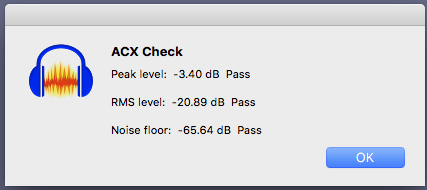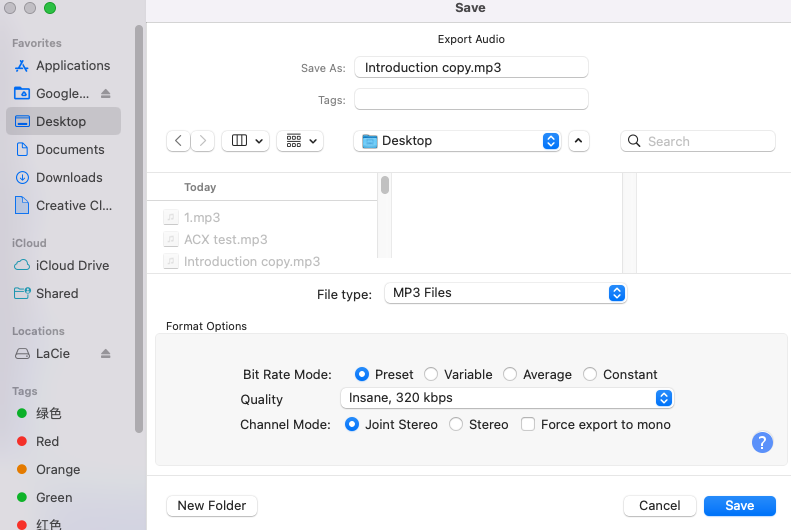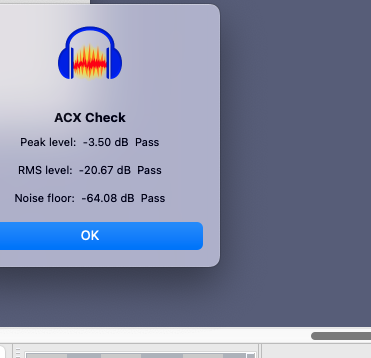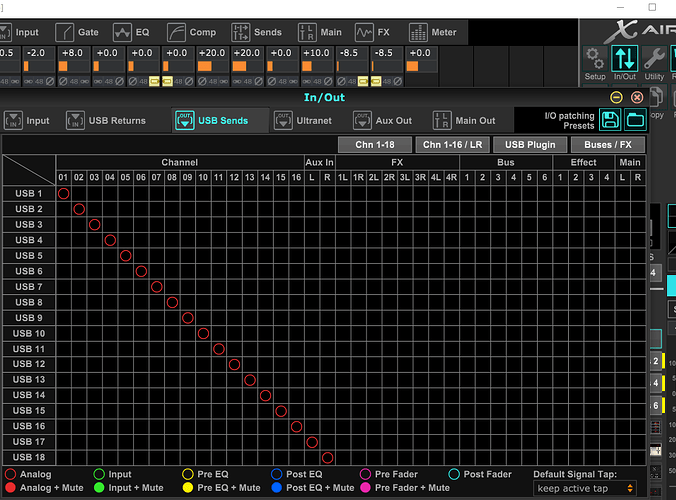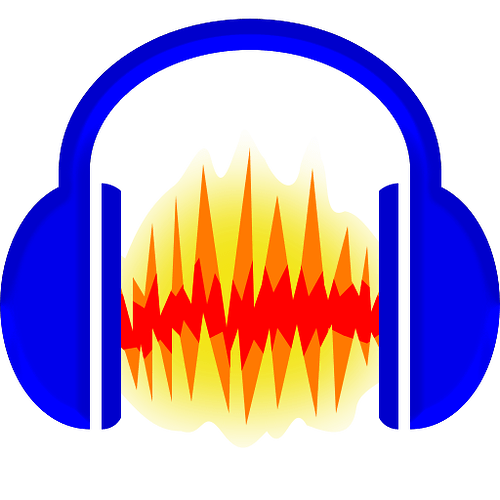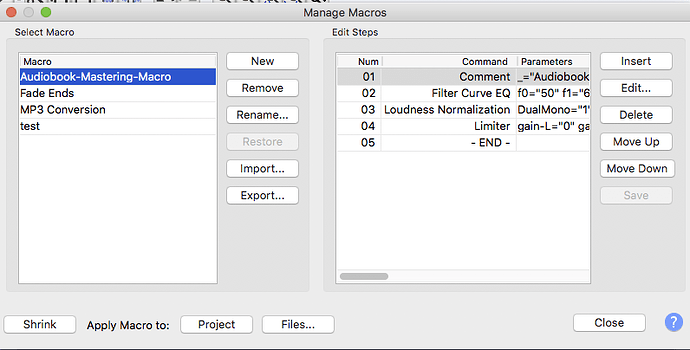Hi all!
I’ve been in podcast production for the past two years and just now getting into audiobook production. So I know my way around Audition and now starting to learn to use audacity, however, I’m not a professional sounds engineer and primarily self-taught, which is why I would appreciate some insight and tricks of the trade from everyone here on this current project.
I have two questions:
- When recording, even though it sounds very loud thru my headset, the actual recorded volume is very low. We use a Beringer XR18 in the studio and I dialed the mic way up. I have to boost the sound in audition/audacity by 10db to reach the RMS standard with ACX analysis. Is there anything I can do with particular settings to create a better recording? I’m attaching a sample containing both original recording and final result so you can see what I mean.
https://www.dropbox.com/s/4ugmlswiyipyieq/ACX%20test.wav?dl=0
- I send my sample thru ACX audio lab a few times. Of course the RMS started out way too low. I kept boosting it by a little each time and eventually got the “no issue found” report, hence the final sample. But the trouble is I get this result when I ran the analysis in Audacity:
Peak level: -3.20 dB Pass
RMS level: -25.06 dB Fail (too quiet - RMS must be in range -23 to -18 dB)
Noise floor: -70.44 dB Pass
How do I go about resolving this? Any instruction is much appreciated!
